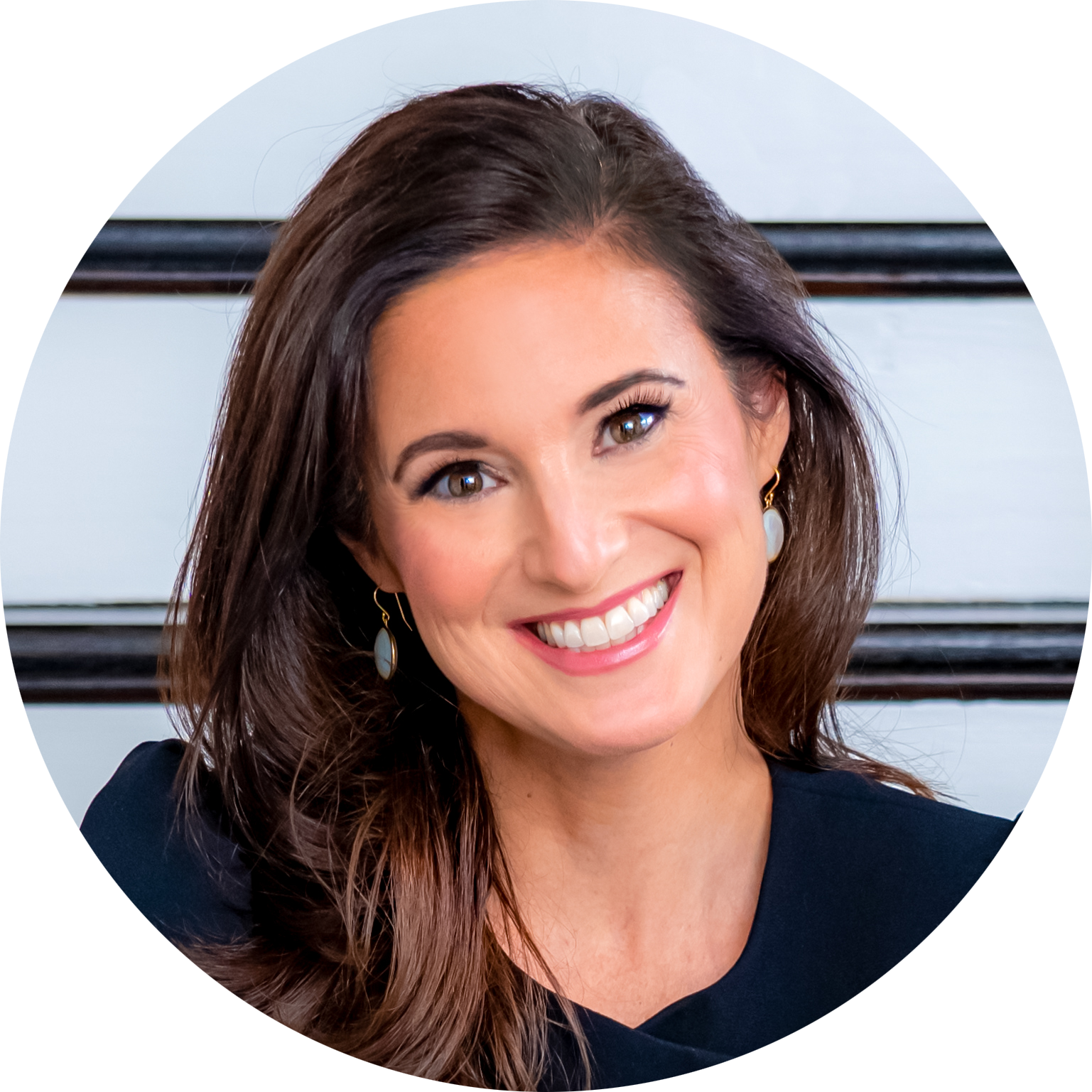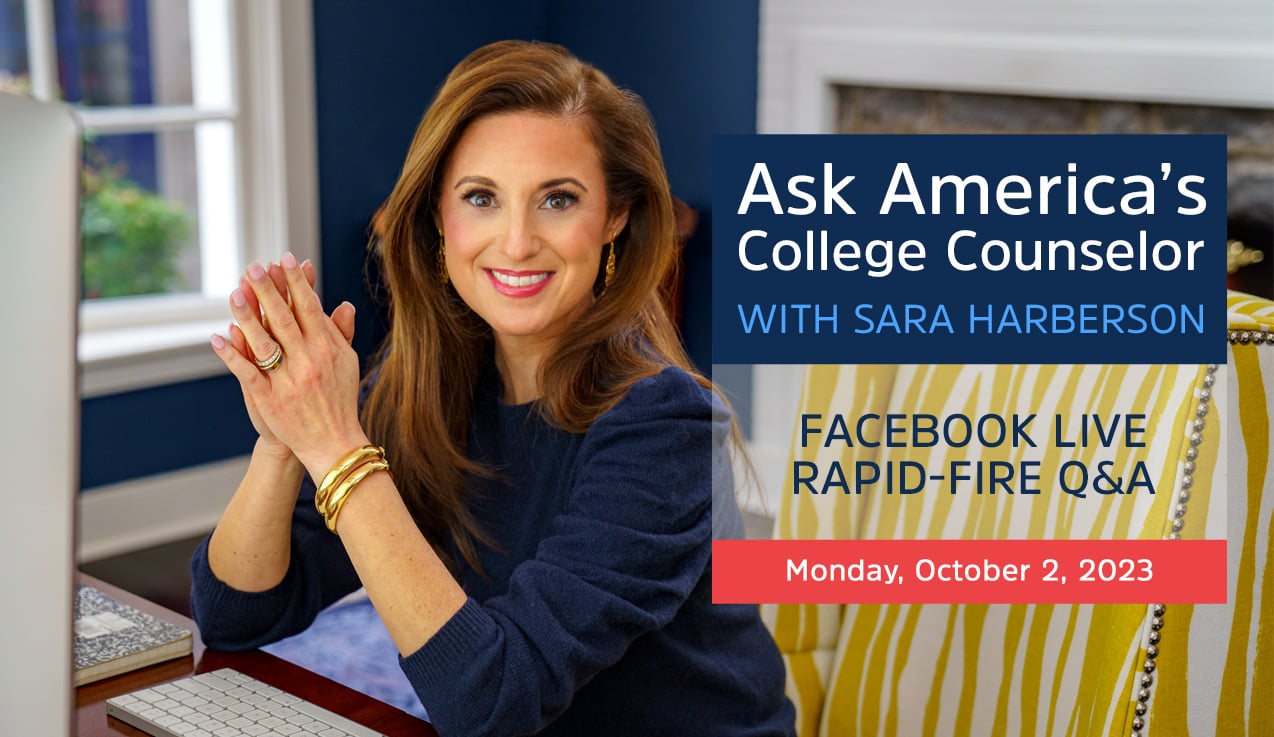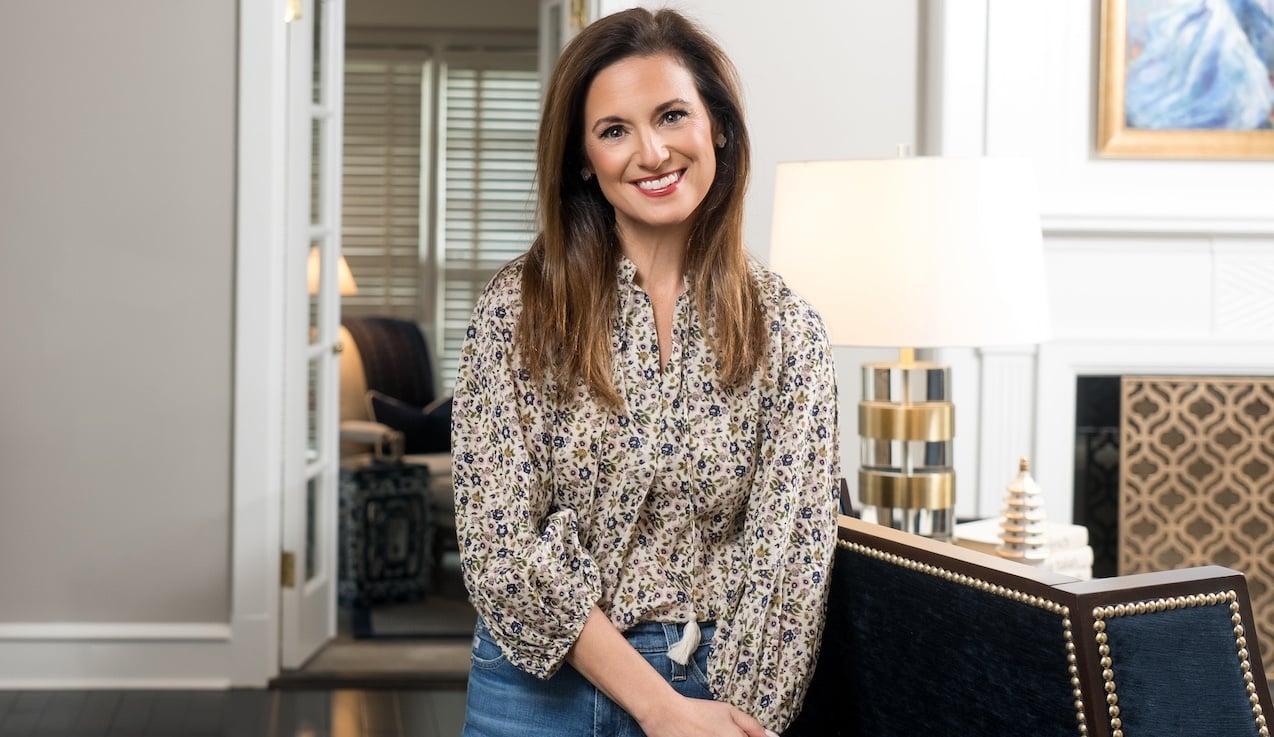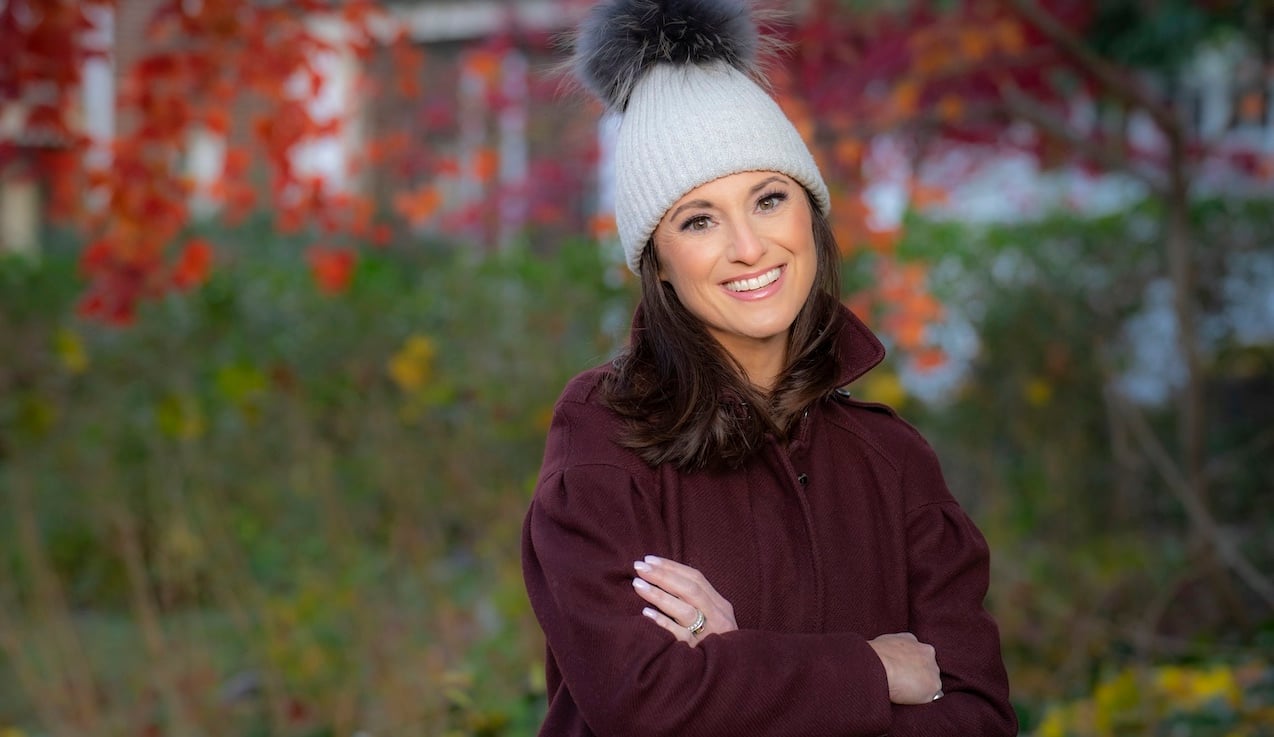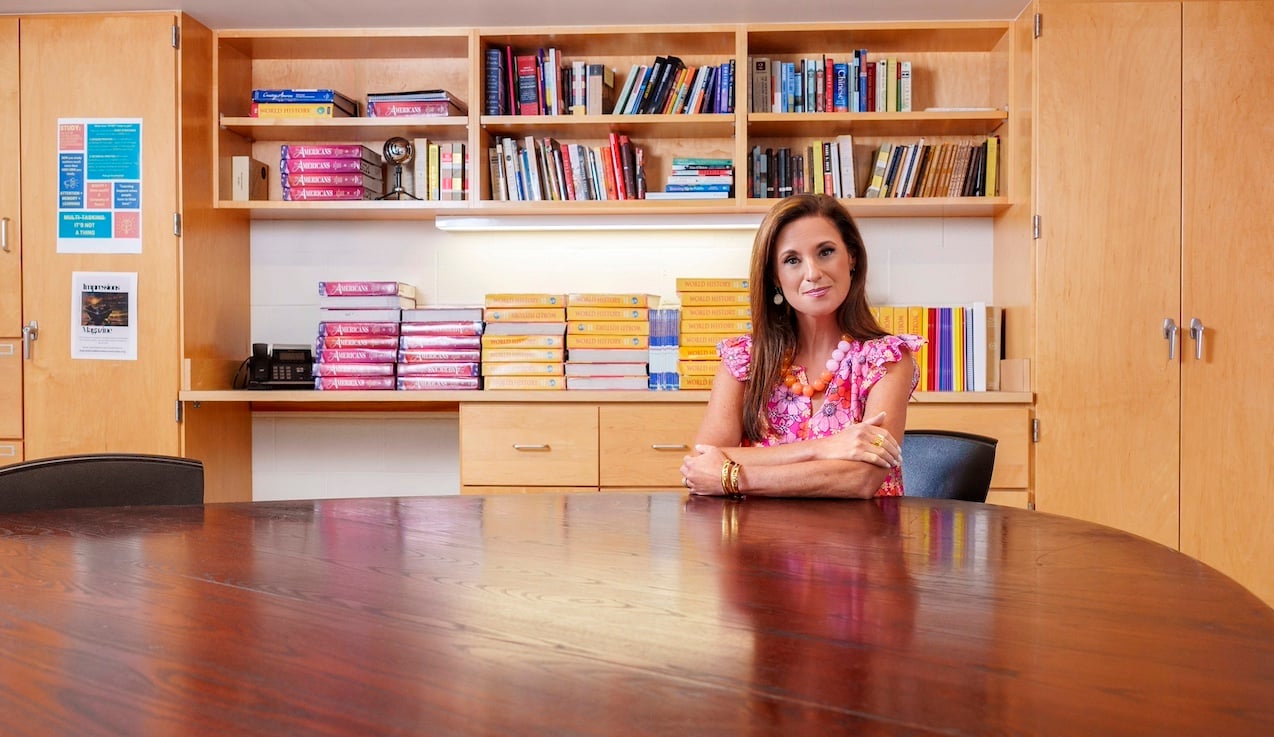In almost 25 years in the industry, I never thought this day would come. Public high schools are sitting on a goldmine of untapped potential in college admissions.
Since the U.S. Supreme Court ended race-conscious admissions in June, colleges will be looking to diversify their incoming freshmen classes through unexpected ways. Students who attend public high schools, especially lower-resourced ones like rural and urban public schools, will be the most coveted applicants around. But they have not always been this desirable.
RELATED READING: How to Navigate the New Supplemental Essay Prompts Post-Affirmative Action
For generations, elite colleges set their sights on private high schools, including boarding schools. Many admissions officers prioritized visiting these schools and worked directly with dedicated college counselors to identify, recruit, and enroll students. This was in sharp contrast to my own experience at a public high school. My guidance counselor dealt with students dropping out, getting pregnant, or in trouble with the law on a daily basis. No colleges visited my high school. I didn't get "guidance." I was on my own figuring out the college admissions process.
With more polished applications and college counselors that had powerful and longstanding relationships with admissions officers, students who attended private high schools had better odds of getting admitted and enrolling at elite colleges. While public high school students often made up the majority of a college’s incoming freshman class, students from private high schools were disproportionately represented at elite colleges for years. In 1999, the year I began working in college admissions, Yale University’s incoming freshman class had 53% of its students coming from public high schools and 47% from private or parochial high schools. Those were good odds for private school students considering there were approximately 283,000 of them graduating high school that year compared to 2.7 million public school seniors.
Over the last several decades, fewer elite colleges are doing "counselor calls." In fact, some colleges are distancing themselves from this practice. Carnegie Mellon University states on their admissions website that they do not "participate in traditional counselor calls." And most colleges have increased travel and recruitment at public high schools to create more parity in the admissions process. But with affirmative action ending, colleges will need to do even more. Socioeconomic diversity will be the new avenue to diversify the student body.
Students who are coming from lower and middle income backgrounds, rural and urban areas, or those who will be the first in their families to attend a four-year college will be highly valued. While some of these students attend private high schools that offer them significant financial aid, the vast majority go to public high schools. And their time to shine is now.
RELATED READING: Have You Heard of the National Recognition Awards?
As a public school graduate, I would encourage school boards, superintendents, principals, and counselors to seize this opportunity. Make sure school profiles are updated and easily accessible on the high school website in case an admissions officer is unfamiliar with the high school. Clearly delineating the demographics of the student body (including the percentage of students on free or reduced lunch), the industry of the community, and the academic offerings are essential components of the school profile and allow admissions officers to better understand the high school environment. Dropping class rank and other forms of ranking like decile rankings, GPA ranges, and percentiles on transcripts and profiles will allow more students to stand out in applicant pools. Private high schools do not use rankings for a reason.
READ MORE: A Plan for Extracurricular Activities for Every Year of High School
With affirmative action ending, the new bragging rights for elite colleges will be about the percentages of incoming students from public high schools, those who qualify for Pell grants, and those who are the first in their families to go to college. It will be more important than ever before that these students have access to the institutions that used to limit them. Public schools often get a bad rap, but they have the opportunity of a lifetime to support the next generation of college-bound students.
This new trend doesn't mean students from private high schools will get passed over. But it does mean students from public high schools are better positioned to get admitted to elite colleges than ever before. And that gives me hope for the public school girl I once was and the millions of public school students waiting to be.




